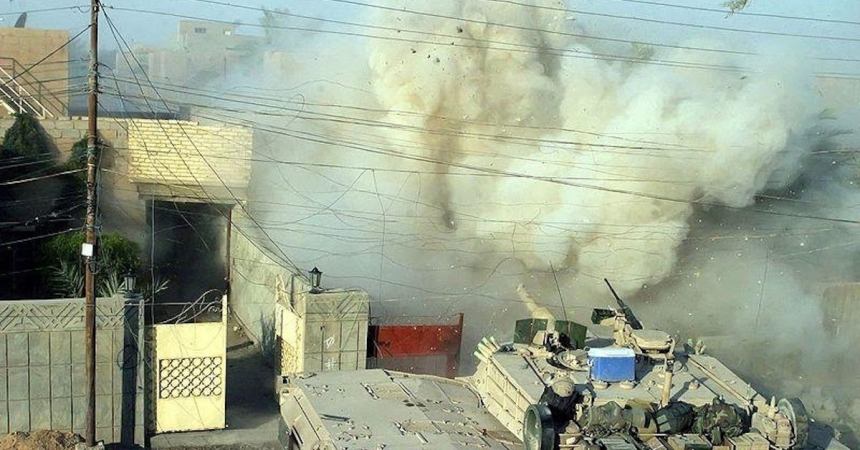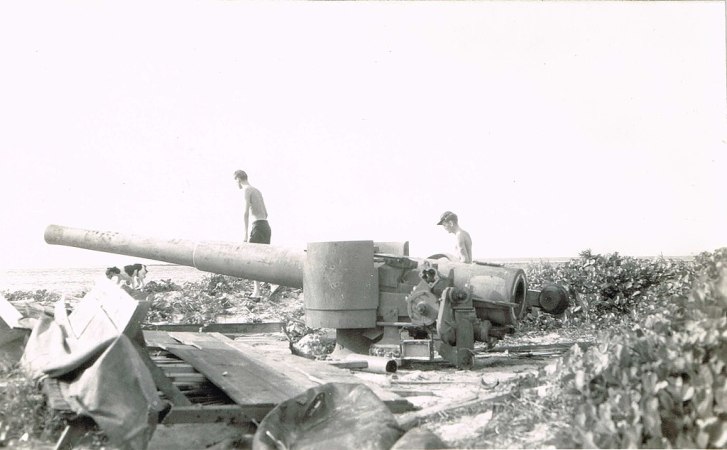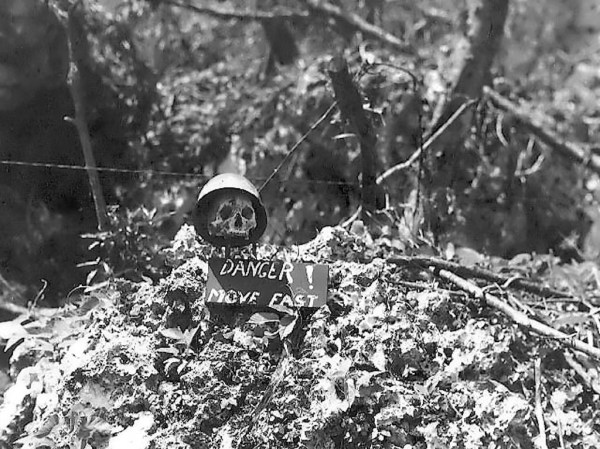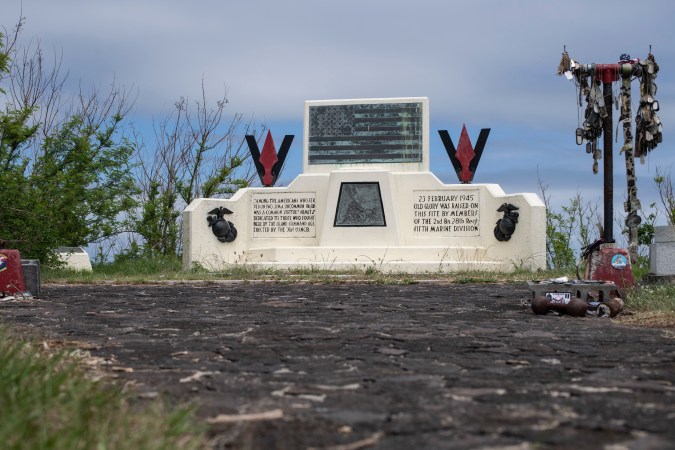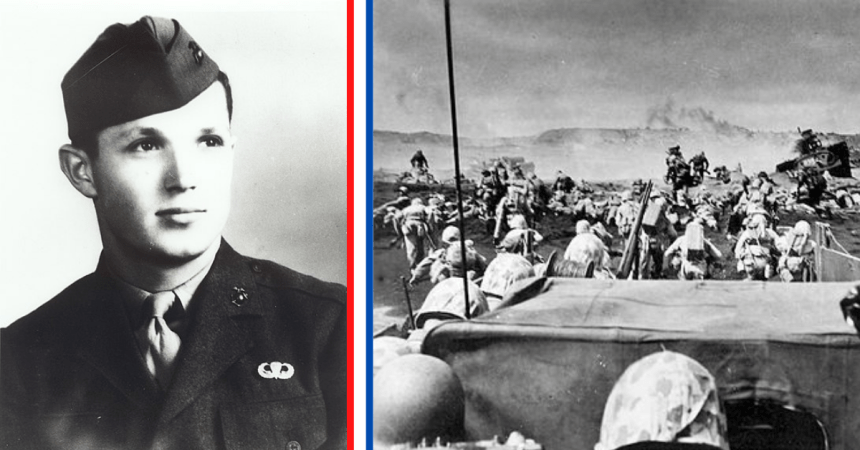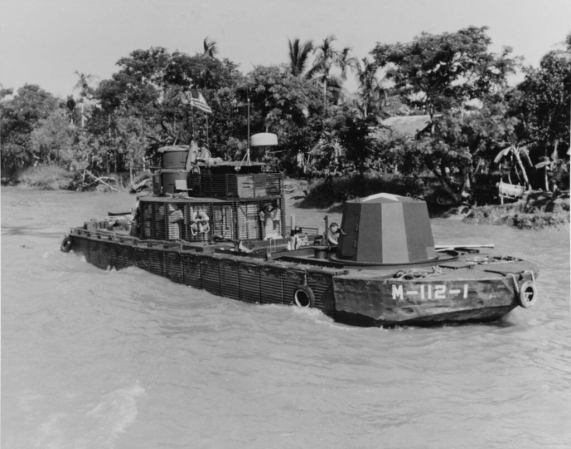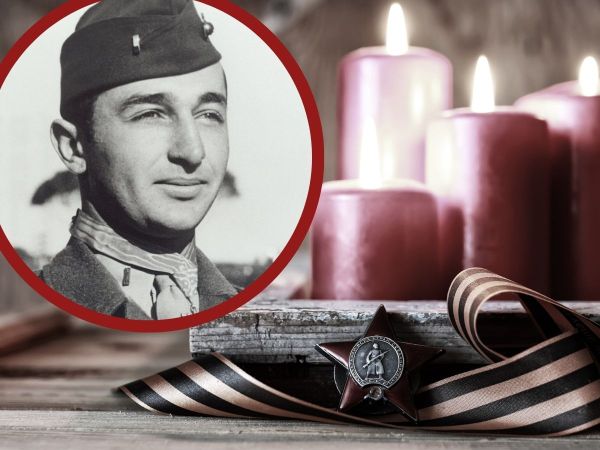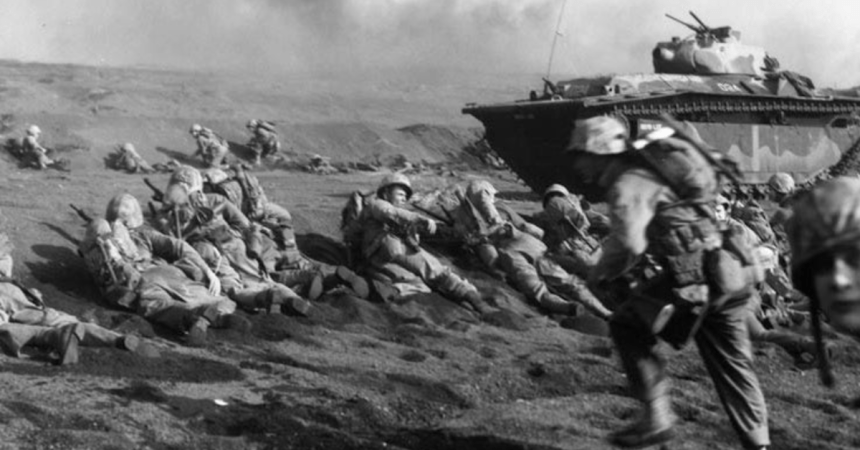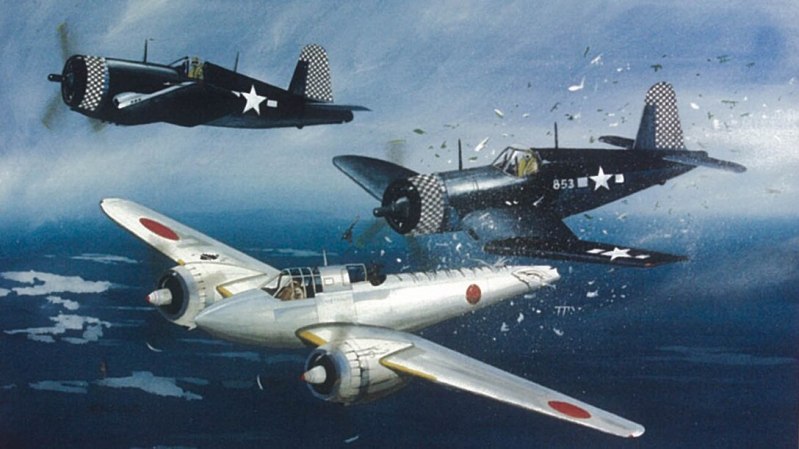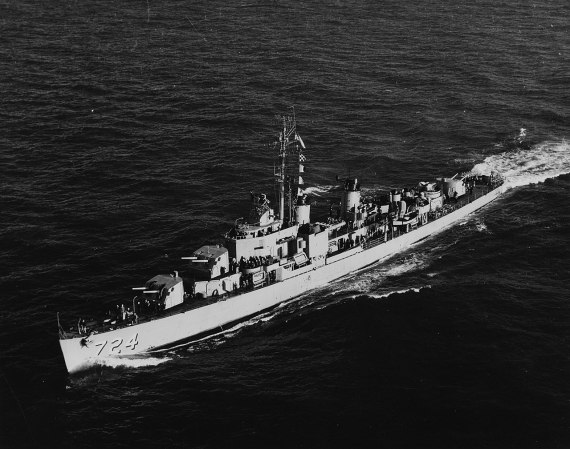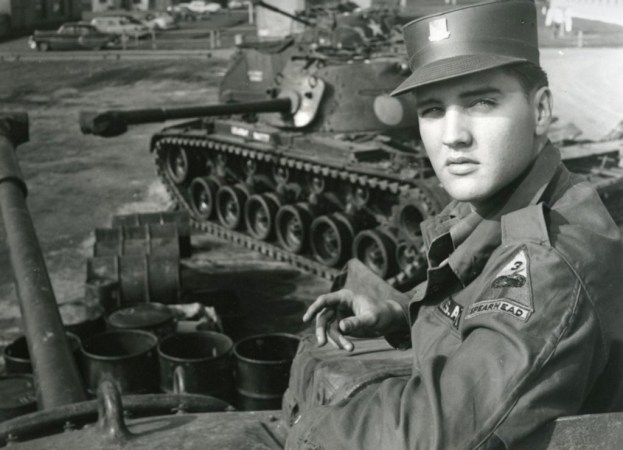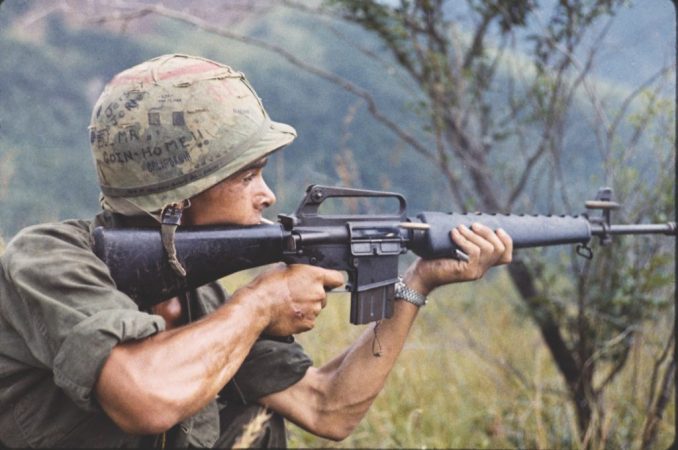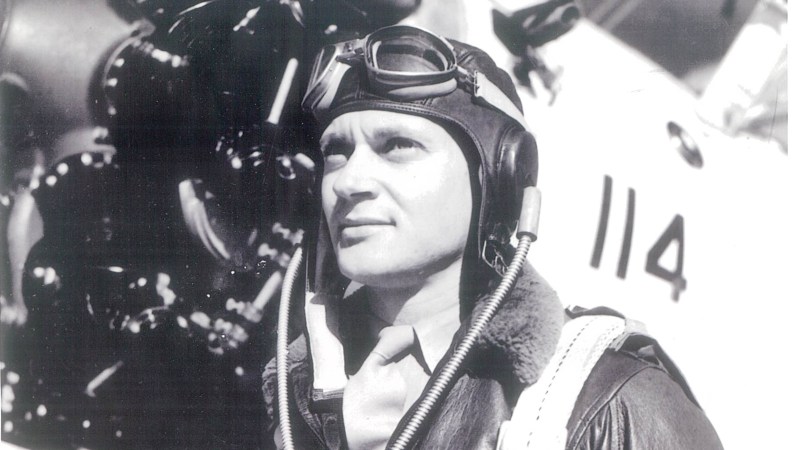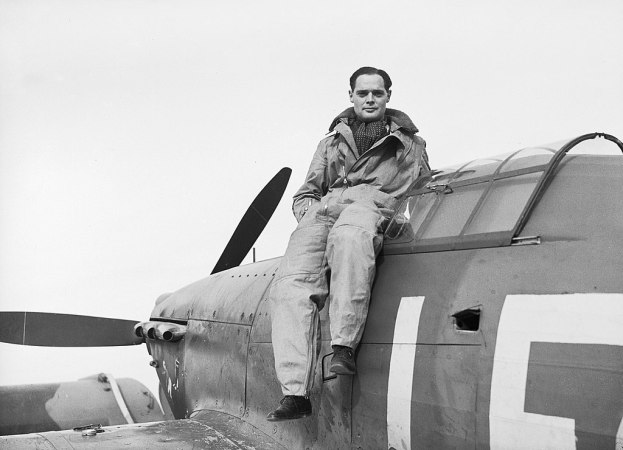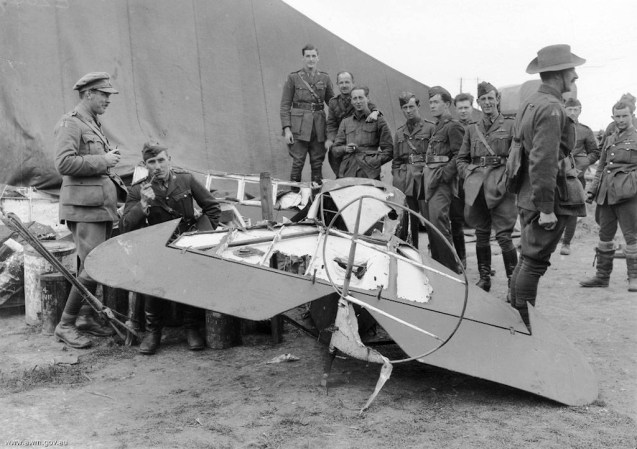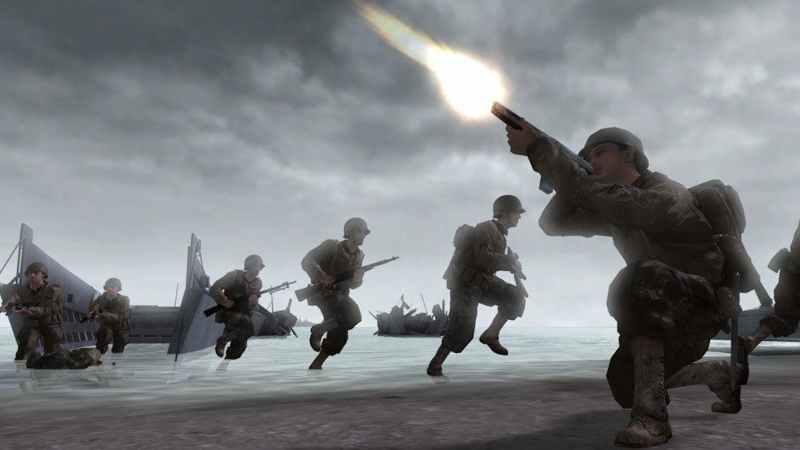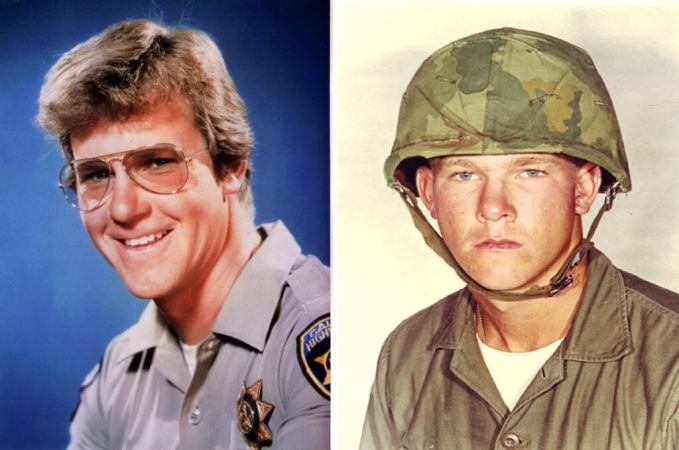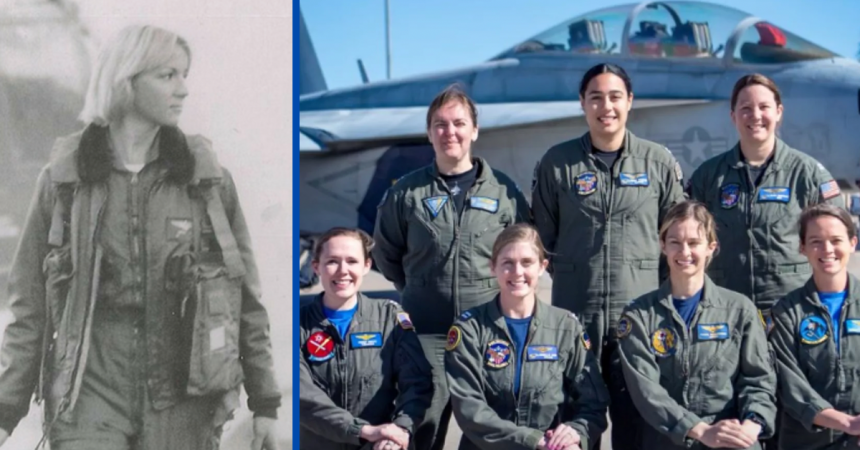After the attack on Pearl Harbor, the US Army quickly mobilized to engage with Japan in the Pacific Theater. Fortunately for America, we had a few advantages on the ready. Not only did we have the semi-auto M1 Garand to face up against Japan’s bolt-action Arisaka. We also had the M1911 paired against the Japanese Nambu. For the most part, our weapons were far superior to the Japanese – with one major exception. Japan had the Knee Mortar and that was pretty scary.
Don’t let the name mislead you. The knee mortar was really a grenade launcher. Japan called it Type 89, since it was introduced in the 2,589th year of Japan’s existence.
The Knee Mortar makes its appearance
The Knee Mortar was created so Japan’s soldiers stood a chance facing off with the US. Even though their Army included some well-trained infantrymen, the Knee Mortar was definitely their back pocket weapon.
A little history
The short version: Japan had pretty crappy tanks. Their artillery was not much better. When it came down to anti-tank weapons, they didn’t have much there, either. Furthermore, the Imperial Japanese Navy got a lot of the RD priority for new ships and planes. Japan figured – correctly – that their best course of action was to try to ensure naval dominance.
According to a U.S. Army manual, the Type 89 fired a 50mm round and weighed ten pounds. Depending on the round used, it had a maximum range of just under 750 yards. It could fire incendiary rounds, smoke rounds, and high-explosive rounds. Think of it as kind of an M79 grenade launcher on steroids. You didn’t want to fire it from your knee, unless you wanted to be on a medevac flight or ship home. Instead, you braced it on the ground.

Two Marine Corps legends, “Chesty” Puller and Merritt Edson, both came away very impressed by this weapon. Edson, who lead the Marine Raiders on Guadalcanal, noted that a Japanese soldier could carry that weapon and ten rounds with no problem. The weapon was issued in large quantities to Japanese troops and had a high rate of fire. As a result, it was believed to have caused 40 percent of American battle casualties in the Pacific.

Today, the knee mortar is out of service, but the concept is alive in the form of “commando mortars” like the British L9A1, the South African M-4, and the Iranian 37mm “marsh mortar.” In short, grunts have options for lightweight firepower.
Read more on WATM:
The best military history books of 2022
Ukraine is getting these 3 armored fighting vehicles from the US, France and Germany



